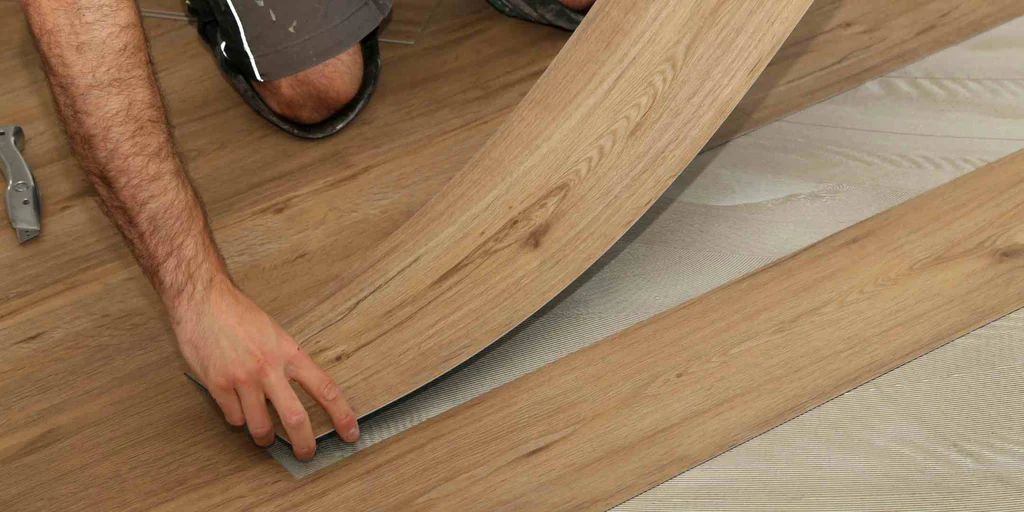Home isolation is an option for people with medical conditions requiring special equipment or oxygen. Although this option can be beneficial for people who are ill or whose condition is getting worse, it should be used with extreme caution. There are a number of precautions to keep the home environment sanitary. One of the most important measures involves making sure that all surfaces are sanitized after the patient leaves the isolation area. In addition, it’s important to keep non-isolated household members out of the room and not allow visitors to enter the room.
One major disadvantage of home isolation is the lack of personal space. In a small house, this can be a problem. In addition, home isolation can be difficult for joint families with elderly members. According to the guidelines of the Ministry of Health, home isolation should be done with the help of a care giver around the clock.
During the home isolation, patients should receive regular assessments and treatments. They should also be given a checklist of symptoms to look out for. This can help them detect early signs of deterioration. In case of severe infection, they should be hospitalized. In the case of a mild case, home isolation should last for five days. However, in the case of severe disease, home isolation should continue for at least 10 days.
The home isolation program in Delhi is a good example of how home isolation can benefit the patient’s health. Not only is it more effective than hospitalization, but it also builds confidence in the government and mobilizes the public. It also helps prevent the spread of diseases, while educating the entire family about COVID-19.
In addition to home isolation, hospitals in Colombia have created a comprehensive geriatric assessment program that screens elderly patients for eligibility for home isolation. The program, developed by a university researcher, was designed to address the shortage of hospital beds in the country. The patient’s doctor will assess three geriatric scales and the patient’s ability to perform daily tasks.
In addition to keeping the home clean, caregivers should also make sure that the patient follows the proper healthcare instructions. They should also keep the patient away from other people with weak immune systems and chronic health conditions. In addition, it’s best to keep windows open to allow fresh air into the home. If symptoms persist, they should call the health care provider.
Those with chronic medical conditions and those who are over 65 should contact their healthcare provider as soon as they notice their symptoms. They may be eligible for treatment if the symptoms develop within a few days. Care should be taken to ensure that the patient gets food and medication as soon as possible. In addition, the person should take care of their pets if necessary.





